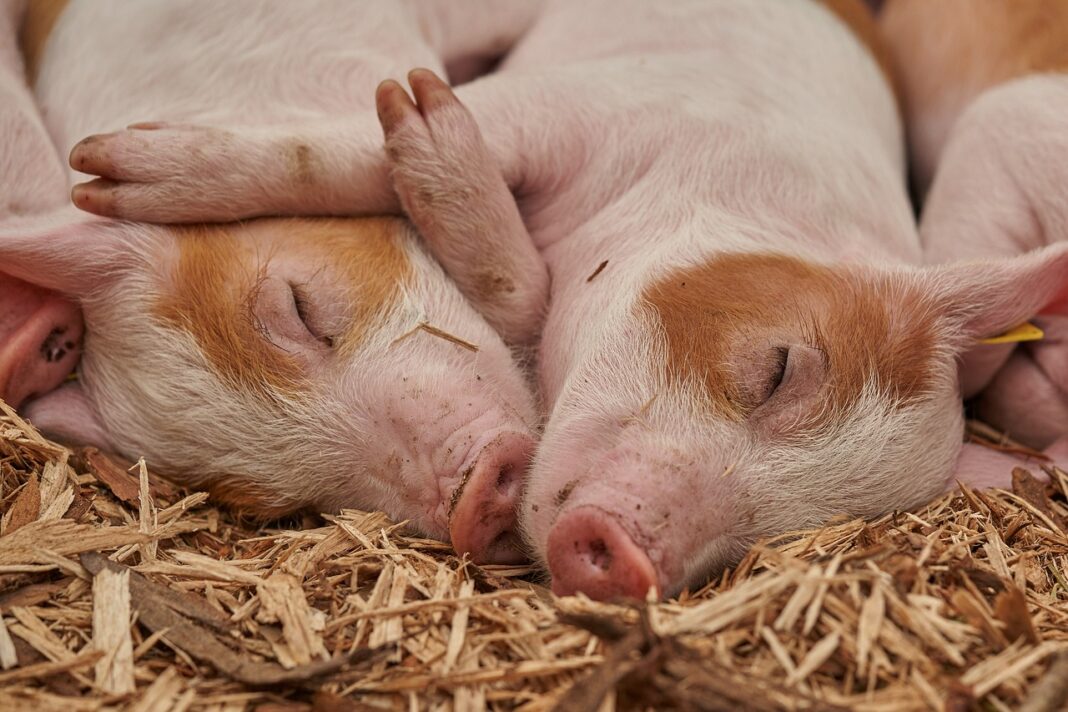Porto Alegre, September 5, 2024 – Brazilian pig farming is going through a great moment, with healthy margins throughout the chain, reflecting the price hike in pork and live pigs, besides the adjusted production costs. Regarding live pigs, the tight availability favors prices. As has been reported over the last few weeks, Brazilian exports are heated, with an increase in the diversification of destinations. In July, Brazil exported 130.3 thousand tons, a monthly record, which required strong negotiations for live pigs in the interior of the country, which is natural. The slaughter in July is the largest of the year so far, reaching 4.359 mln tons, a number still subject to upward changes.
Another point is that the price per ton in exports is in the process of recovering, which, together with a stronger dollar, favors the industry’s margin. The industry’s increased profitability favors the business environment in the interior of the country, since it allows for higher prices for producers without squeezing margins to low levels. The cycle is positive for pig farmers, considering that demand is accelerating in a recovery environment that is not keeping up with this pace, so much so that there are signs of a reduction in the average weight of animals in some parts of the country, which means a lower supply of pork on the market.
The attached graph shows that the average price of live pigs traded in the interior of the country reached BRL 7.30 in August, 26.47% higher compared to the average of BRL 5.77 in the same month last year, being the third-highest level in history, behind only October and November 2020, a period in which there was great euphoria with exports to China, when the Asian country suffered from a large supply deficit due to African swine fever. However, the current situation is more sustainable, considering that Brazil is no longer dependent on China, and has been able to expand negotiations with the Philippines, Japan, Chile, Singapore, and others. In addition, Brazilian production is no longer growing at very high rates as it did in that period. For 2024 and 2025, SAFRAS & Mercado estimates an increase in slaughtering of close to 1% and 2%, respectively. In 2020 and 2021, slaughtering grew close to 6% in both years, as a result of large investments made to meet Chinese demand, which proved to be a mistaken strategy in the period in question, since China also sought to rebuild its herd, which did not support prices in Brazil in 2021 and 2022, years in which production costs were high and took their toll on the domestic market, i.e. heavy losses occurred.
The cost of production is expected to stabilize somewhat in the country in 2024, with an increase in both corn and soybean crops. For 2025, expectations remain favorable for feedstuff inputs, considering the expectation of ample global supply, which has been priced in the Chicago Board of Trade (CBOT) futures, with corn, soybeans, meal, and wheat working on graphic bottoms. For the 2025 summer corn crop in Brazil, supply tends to be tighter, since there is an expectation of an increase in soybeans. Logically, even with positive expectations, some factors must be closely monitored, which can change the production and price scenario, such as climate developments, exchange rate movements, the pace of exports, and others.
Returning to pork and live animals, expectations for the last four months of the year are favorable. The industry and retail will prepare for the end-of-year demand. November and December are months of heated demand due to the greater capitalization of families with the entry of the thirteenth salary and bonuses, and the New Year celebrations. Another point that should favor consumption is the higher level of employed people in the country. A counterpoint relative to consumption is the higher price level of pork, which may lead a portion of the population, those with lower purchasing power, to migrate to more affordable options. And that portion with greater income growth may seek out beef more, depending on the spread against pork. It is worth noting that pork is the third most preferred meat among Brazilians. Thus, the higher price of pork may result in a decline in retail margins, with difficulty in passing on the profits.
The domestic pork supply scenario should remain balanced over the next few months, with exports contributing to the adjustment. The higher the exports, the more intense the activity of meatpacking plants in purchasing live meat, which is favorable for price formation in the domestic market. The tendency is that, due to the profitability of the sector, there will be an increase in investments; however, its maturation will only occur in the medium and long term. The market should face greater challenges only in the first four months of 2025, since consumption seasonally falls in Brazil, due to higher temperatures, debt and additional expenses, tax payments, and others.
Safras Latam

